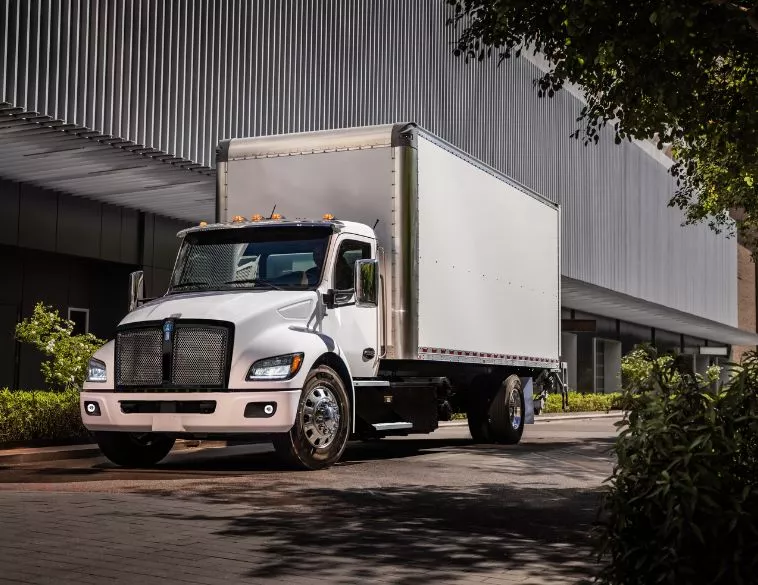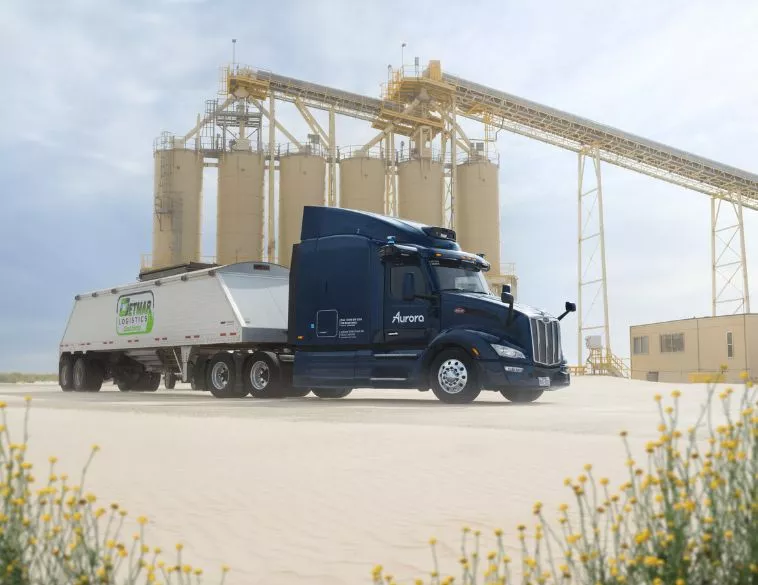Shell: Pushing The Green Envelope


Starship 3.0 NG offers a glimpse into the future of the trucking industry.
Seven years ago, Shell launched the Starship program in collaboration with industry partners as a way to inspire the trucking industry and demonstrate the potential of energy-efficient technologies in real-world applications.
“The goal of the program is to demonstrate how the commercial road transport sector as a whole can collaborate to reduce energy usage and CO2 emissions by harnessing the best of currently available technologies,” explains Scott Burian, Integrated Communications Manager, Shell.
The first two versions of the Shell Starship showcased significant advancements in fuel economy and freight-ton efficiency. According to Shell, Starship 2.0 achieved an impressive 254 ton-miles per gallon for freight ton efficiency – 3.5 times the North American average of 72 ton-miles per gallon. Moreover, it attained 10.8 MPG on a cross-country run, surpassing the 6.4 MPG North American fleet average.
Natural gas engine
While the first two generations of the Starship employed a diesel engine, the program’s latest creation runs on natural gas. “With Shell’s low-viscosity natural gas lubricants,” Burian explains, “and the availability of compressed natural gas and renewable natural gas for fleets, it really made sense for Shell Starship 3.0 NG to have a natural gas engine.”
The newest Starship has a Cummins X15N natural gas engine, which can produce as much as 500 hp and 1,850 lb-ft of torque. It weighs less than Cummins’ earlier 15L diesel models, and significantly reduces emissions. It can run on natural gas or renewable natural gas, and is capable of meeting stringent EPA and CARB regulations.
The third-generation Starship boasts an array of advanced technologies that optimize performance including low-rolling resistance tires, a best-in-class aerodynamic cab and trailer, an efficient powertrain, and driveline components designed for lightweight and low aerodynamic drag.
The lubricant package includes Shell Rotella NG Plus SAE 5W-30 FA-4 synthetic engine oil. This low-viscosity oil reduces flow resistance and friction, which translates into better fuel economy. The transmission uses Shell Spirax S6 GME 40, a synthetic lubricant that is specifically formulated to protect high-torque transmissions paired with increased horsepower engines.
Key categories of improvement
Burian says that the Shell Starship team focused on four key areas of improvement when designing the truck: reducing weight, reducing opposing forces, tank-to-wheel efficiency, and the driver.
“Light-weighting means using lightweight components for the chassis, powertrain, driveline, etc.,” Burian explains, “and we expect tractor frames to be 30-40% lighter in the future.”
Reducing opposing forces includes the rolling resistance of the tires. “Between 40-50% of the energy used to move a truck at highway speeds is used to overcome tire friction,” Burian says. “Another significant opposing force is aerodynamic drag, and our coefficient of drag, thanks to the aero packages is 0.25, whereas the industry average is about six.”
Tank-to-wheel efficiency, also known as parasitic losses within the system, can be minimized by the use of advanced lubricants, Burian says, while the last piece of the efficiency puzzle is a driver who has been trained to adopt driving habits that boost efficiencies.
While Starship 3.0 NG was engineered to cater to the needs of the North American trucking industry, Shell’s latest project, Starship 3.0 Hybrid, has been tailored to suit the needs of China’s heavy-duty road transport fleets. “It comes with a FAW-JF Aowei 11L hybrid dedicated internal combustion engine, LFP batteries, and an electric motor,” Burian explains. “The engine charges the battery, as do the solar panels on the roof, much like the Starship 3.0 NG.”
Although Shell hasn’t announced plans to build a Starship 4.0, Burian says they’d be happy to work with industry partners to push the efficiency envelope even further in the near future.




